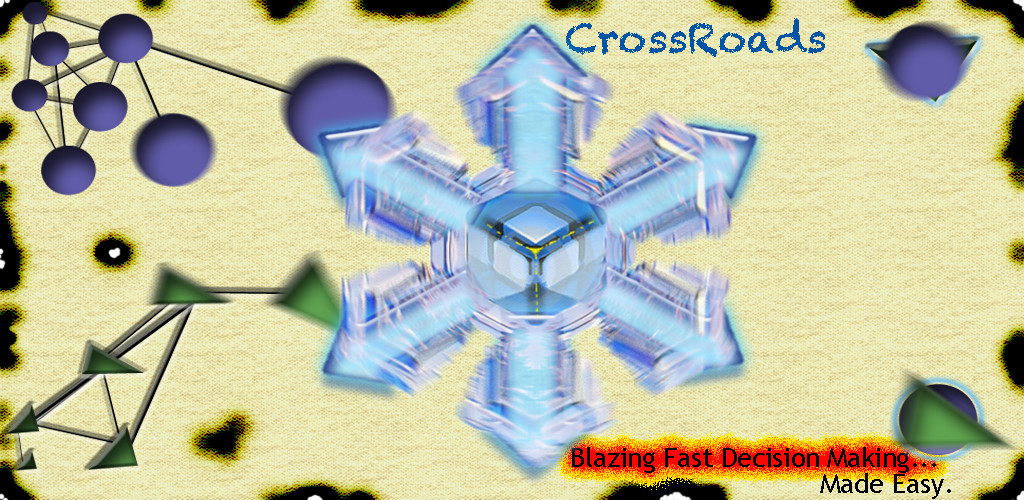Let's assume that they filtered their results down to three possible homes that are their favorites (in terms of CrossRoads, these would be their three Alternatives) [As the previously documented instructions indicated, the Alternatives (and the Objectives) should be ordered in the order of priority according to the user]:
Jack (being the spreadsheet guru that he is) used Excel to document and compare the three homes based on their three highest priorities-Age, High School Proximity, and "Curb Appeal".
[This is a good time to note that a key attraction of using Analytical Hierarchy Processing (or AHP) is it's power to help people take their 'gut feelings' about something like Curb Appeal and assign Quantitative Values to them. Similar to asking survey questions and providing the user with the choices of 'poor', 'ok', and 'great'].
So Age, HS Proximity, and Curb Appeal are Jack & Jill's Objectives.
Here, the Samsung Galaxy Tab 10.1 is used to provide a screen-shot of Jack & Jill's Objectives and Alternatives:
The following two screens show the true usefulness of CrossRoads. Simple Slider bars were designed and developed to provide the user a simple way of comparing their priorities. Let's discuss the first slider bar: It says that Jack & Jill think that (on a scale of 1 to 9) 'Age' is almost Absolutely more important than HS Proximity (because they assign this comparison an '8').
Let's now look at the next screen of slider bars. The third slider bar below indicates that Jack & Jill feel that "When considering ONLY 'Age', 'Cuervo' is THE SAME as 'Ron Ridge'. [It's very important to understand the previously documented instructions here because an ALL BLUE slider simply rates the comparisons as EQUAL - Please re-read the CrossRoads instructions if you have difficulty with this - or you can always email me at CrossRoadsForAndroid@Gmail.Com.] It should also be noted that internally, the computer provides a value of '1' as a minimum even if the slider bar is left at '0'.
...and Here are the results. According to Jack & Jill's preferences, Cuervo wins - but by a narrow margin. Pamplico should no longer be considered as one of Jack & Jill's alternatives. As a final note: Always consult with a tenured Real Estate professional because (in this developer's experience) they know MUCH MORE information about the local area and you can use this information (along with CrossRoads, of course) to make an informed decision and to get the MOST for your money)







